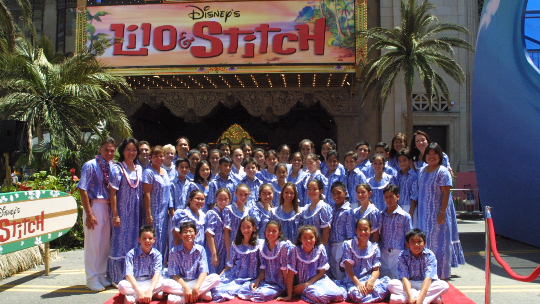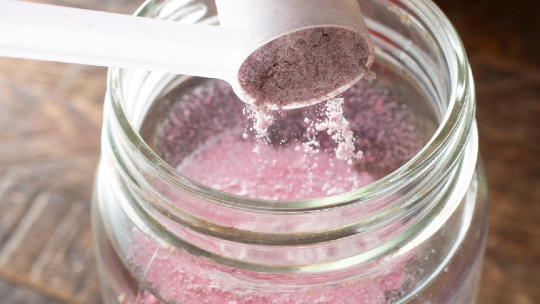A lifelong outrigger canoe paddler, Henry “Kruiser” Kruse can anticipate high surf, dangerous swells, and other marine obstacles to safely navigate his six-man crew. Yet he didn’t anticipate a heart attack that almost took his life last year.
The 53-year-old Kruse was paddling off Waikiki when he felt chest pain. “I thought it was just indigestion because I ate something before practice,” said Kruse, who coaches the Kamehameha Canoe Club. “So I kept on paddling.”
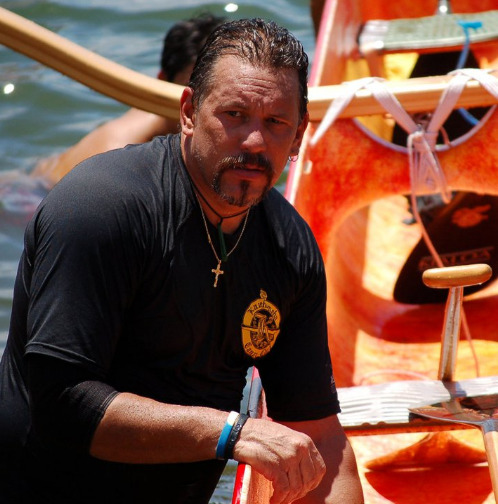
A couple days later he felt even more severe chest pain while paddling near the Ala Wai Canal. Once onshore, he started shivering uncontrollably and couldn’t think clearly. He told his girlfriend, who urged him to go to the hospital. But after feeling better, he instead went home.
He felt more pain while paddling the next day and then again while at home. So he finally went to the emergency room where he found out he was having a heart attack. Doctors put a stent to open a 70-percent blockage near his heart.
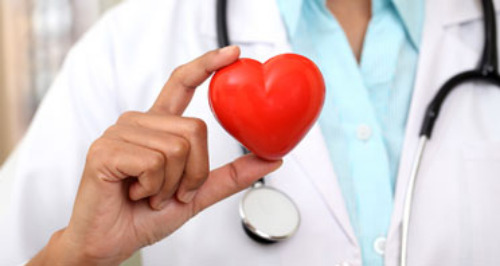
Number one killer
“Unfortunately it’s human nature to be a little bit in denial and say it can’t happen to me,” said William Dang, Jr., M.D., president of the American Heart Association in Hawaii. “Sometimes people will ignore the signs or make light of them.”
Dang said people should know their risk factors and talk to their doctors about how to prevent heart disease. “Heart disease is the number killer in the U.S. More people die from heart attack and stroke than the next five causes of death put together. More women die from heart disease than from breast cancer. More people die from heart disease than from all the cancers, infections, and AIDS,” he said.
Kruse’s heart problem may be hereditary. His father and uncle had open heart surgery and his grandfather had heart problems. “I couldn’t believe it because I felt I was in the best shape of my life,” Kruse said. He’d train for races by running and swimming and improved his eating habits by including more fruits and vegetables and less fast foods and plate lunches. He didn’t have high blood pressure or high cholesterol.
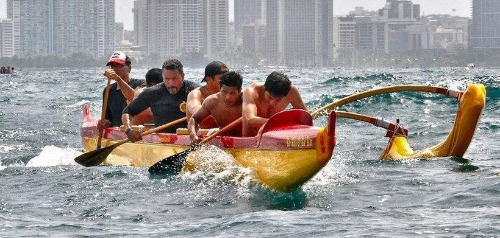
Path to better health
After taking a few months off from paddling to recover, Kruse (fourth from the front wearing black shirt in photo) is back in the canoe. His crew took third in its division at last year’s Pailolo Challenge, a 25-mile race from Maui to Molokai. He also paddled in the 18-mile Queen Liliuokalani Race in Kona last September. He’s lost about 15 pounds, is on a medication regimen, and sees his doctor regularly.
His advice for you: Recognize the signs of a heart attack and go to the hospital even if you think it’s nothing. “Listen to your body. It doesn’t matter if you work out. It can happen to anybody. Don’t think that you’re Superman with a big S on your chest,” he said.
His biggest fear was not being able to paddle anymore. But he’s now looking forward to this year's paddling season and doing the Molokai Hoe in October, the world-famous 38-mile Kaiwi Channel crossing.
“I’m thankful for getting a second chance in life and look forward to more time on the water,” he said. “I’m blessed to have somebody watching over me upstairs.”
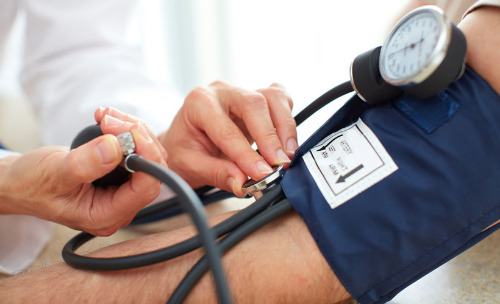
What You Need to Know
Warning signs of a heart attack:
• Chest pain and tightness
• Pain that spreads to the left arm, shoulder, neck, and jaw
• Shortness of breath
• Feel your heart pounding
• Lightheadedness
• Cold sweat
• Nausea
Risk factors:
• High cholesterol
• Hypertension
• Family history of heart disease
• Overweight from inactive lifestyle and unhealthy eating habits

Resource:
American Heart Association. Take a short survey to see if you’re at risk for heart disease and how to help prevent a heart attack or stroke.
Paddling photos courtesy Henry Kruse.


